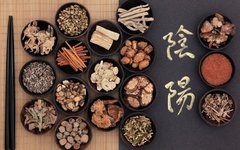Traditional Chinese Medicine (TCM) is a cultural treasure of the Chinese nation, with its unique health preservation concepts and treatment methods spanning thousands of years.
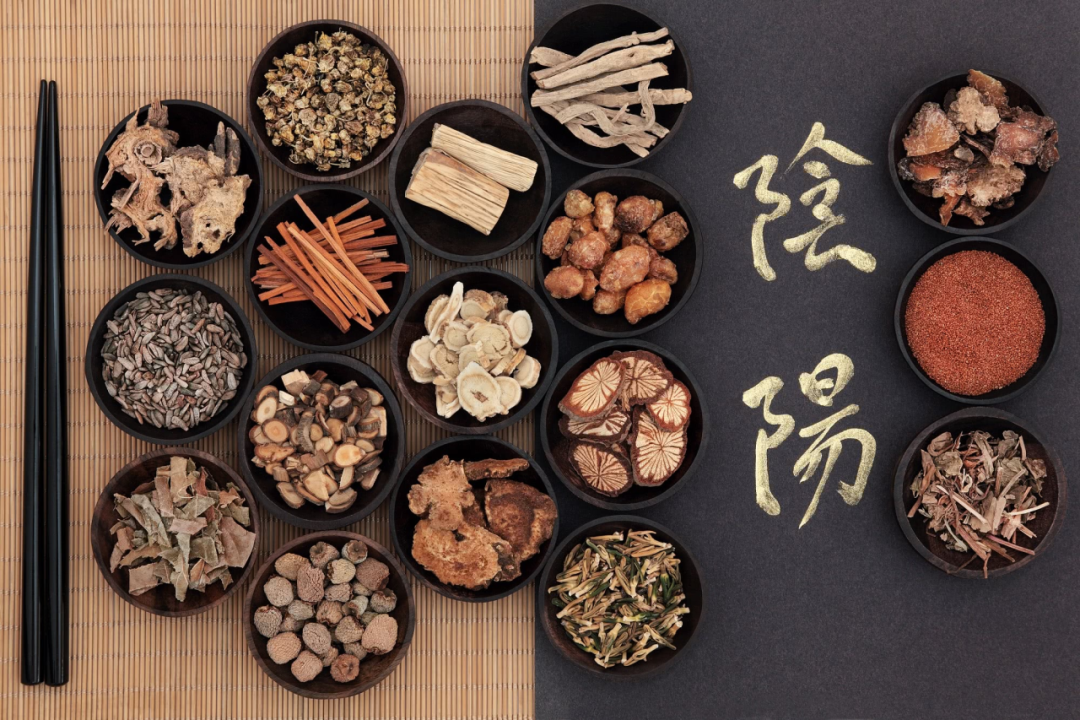
The “External Treatment Methods of TCM” utilize topical medications or physical therapies to exert local and systemic regulatory effects, helping patients achieve a state of balance between Yin and Yang, and harmonizing Qi and Blood. The fundamental principles include meridian conduction, skin penetration, and mucosal absorption, characterized by simplicity, convenience, low cost, and speed.
The TCM department of Tangdu Hospital of the Air Force Medical University currently offers various “External Treatment Methods of TCM,” including: medicated paste massage, ginger moxibustion, salt moxibustion, medicated cake moxibustion, navel moxibustion, governing moxibustion, medicated fumigation therapy, medicated steam therapy, acupoint application therapy, acupoint injection, medicated hot compress therapy, medicated plaster application therapy, aromatherapy, rectal infusion of herbal medicine, wax therapy, auricular acupoint pressure, ordinary acupuncture, electroacupuncture, buried needle therapy, infrared therapy, cupping, balancing fire cupping therapy, guasha, bloodletting therapy, low-frequency pulse electric therapy, singing bowl therapy, and more than twenty other methods.
1. Medicated Paste Massage
Medicated paste massage is a form of therapy that combines massage with medicinal applications. A paste made from Chinese herbs is applied to the treatment area, followed by massage techniques to strengthen the spleen and stomach, and improve organ function.
Indications: Decreased appetite, abdominal distension, abdominal pain, constipation, and incomplete intestinal obstruction caused by various reasons.
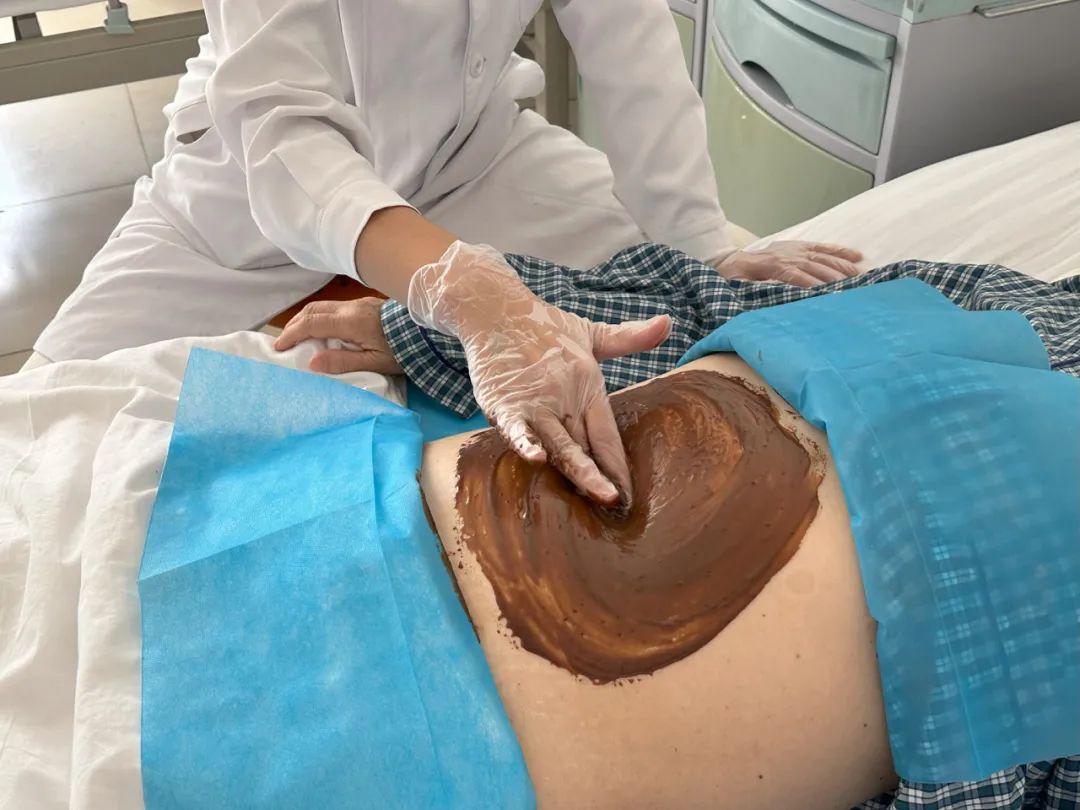
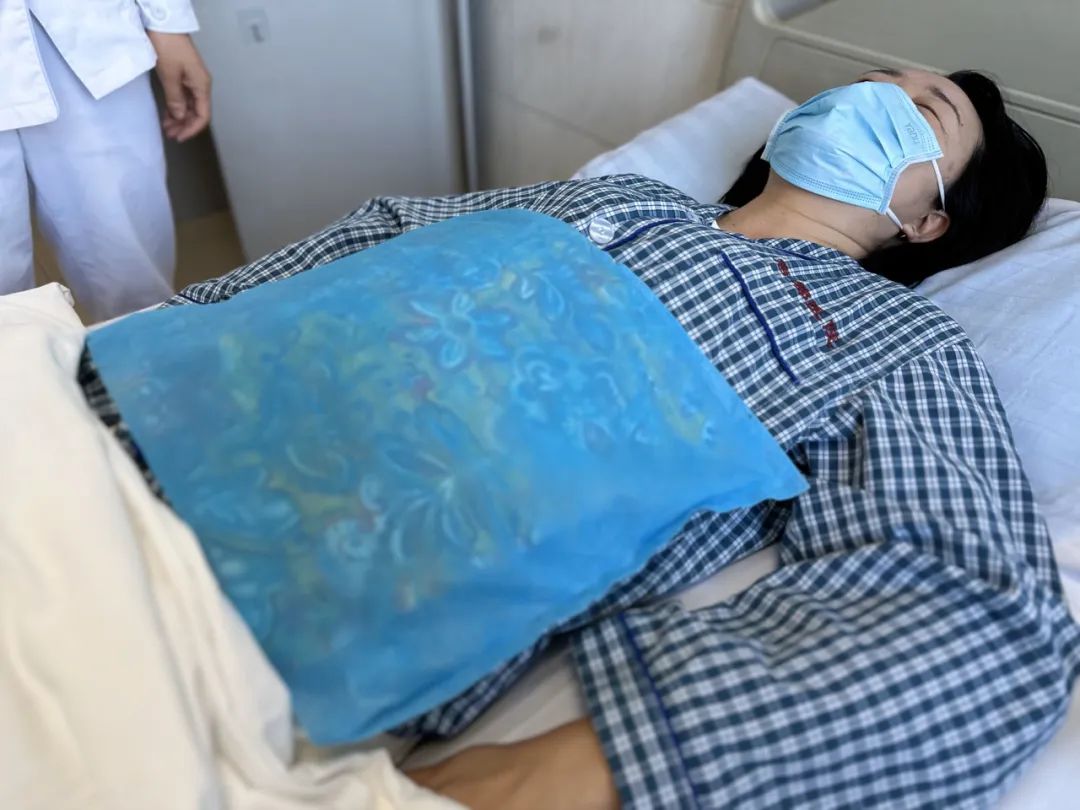
2. Medicated Steam Bath Therapy
This therapy uses steam generated from boiling medicinal herbs to fumigate the body, promoting the circulation of Qi and Blood, and enhancing the absorption of the medicine to treat diseases.
Indications: Herpes zoster; hemorrhoids, perianal abscess, pre- and post-operative care; local pain; radiation dermatitis, radiation pharyngitis, and radiation mucositis caused by tumor radiotherapy and chemotherapy.
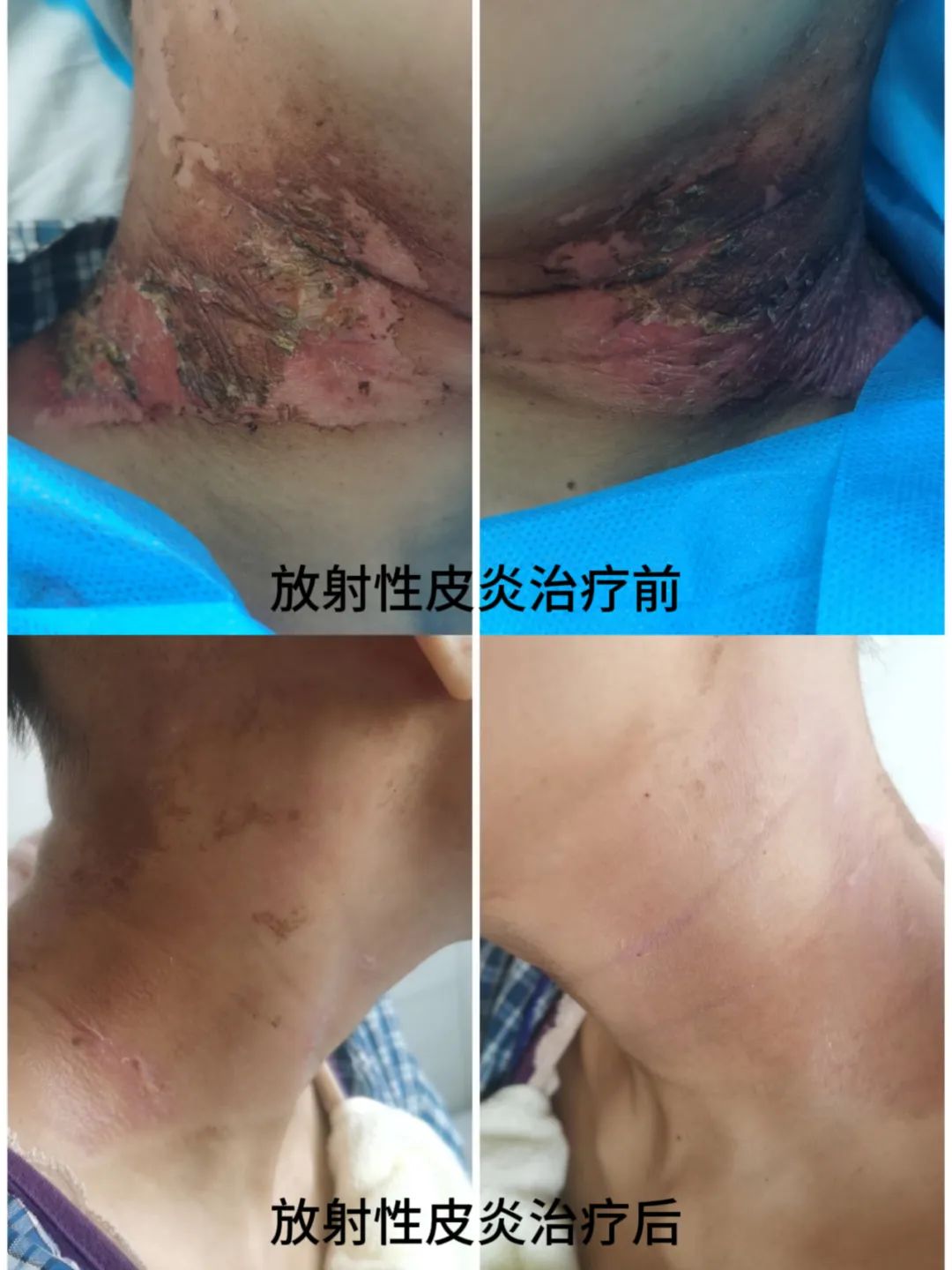
3. Medicated Plaster Application Therapy
This involves preparing the medicine into a paste and evenly applying it to the skin to invigorate blood circulation, dispel stasis, and relieve pain.
Indications: Phlebitis and local pain caused by medication.
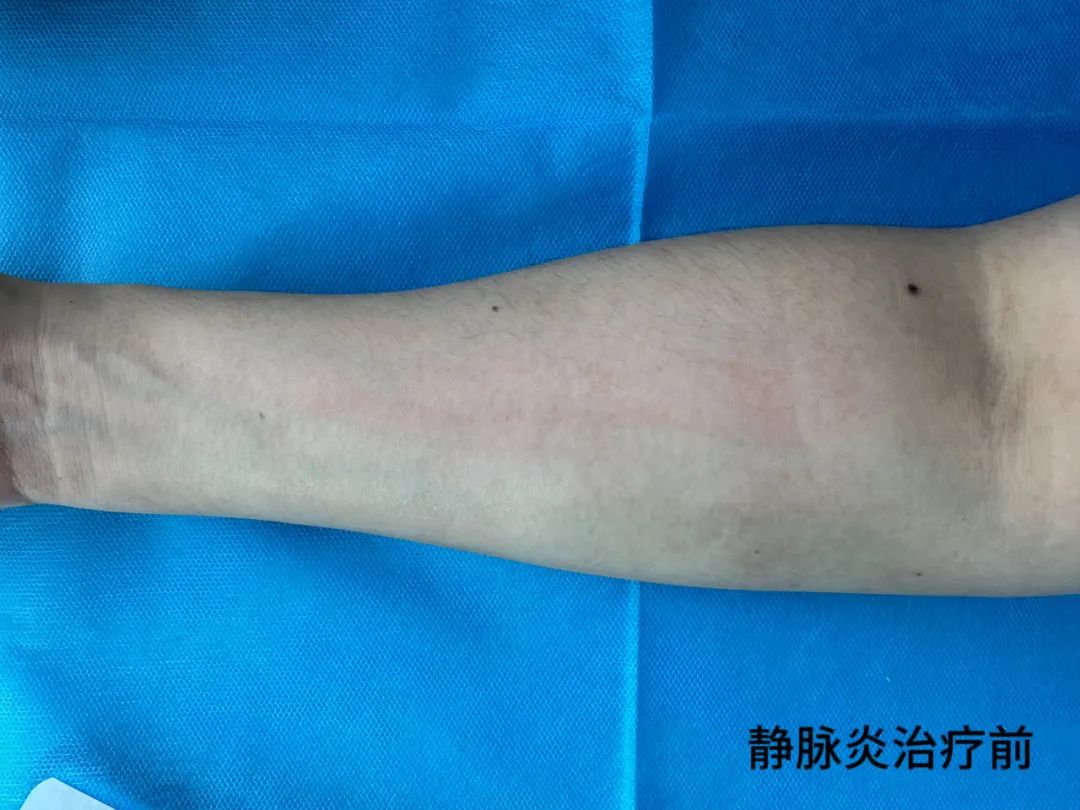
4. Wax Therapy
Medical wax is heated and melted to form wax cakes that are applied to the affected area, promoting warmth to open the meridians, relax muscles, relieve pain, and reduce swelling and stasis.
Indications: Hand-foot syndrome, peripheral neuritis, neuralgia, local pain, numbness in limbs, low back pain, gastric pain, cold-deficiency diarrhea, and gastritis.
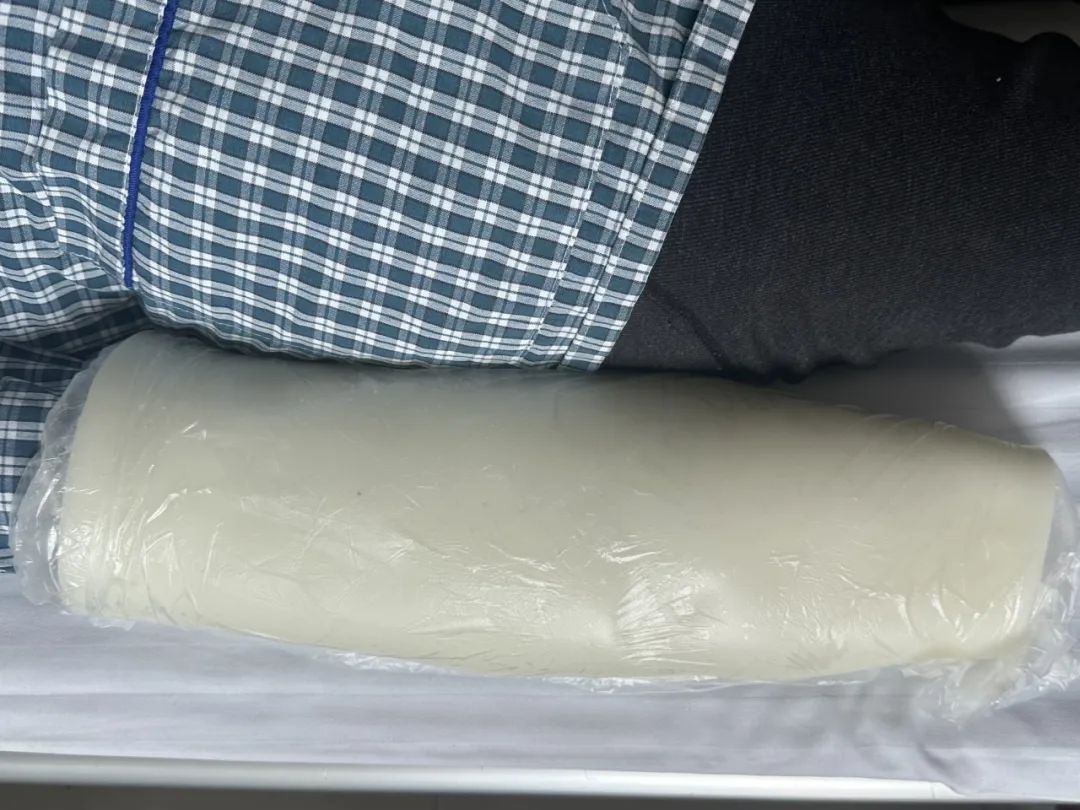
5. Governing Moxibustion
This method combines moxibustion powder, ginger, and moxibustion into a large-area moxibustion treatment applied to the governing vessel on the back and the bladder meridian of the foot. This treatment can adjust the body’s Qi and Blood, strengthen the body, expel pathogens, and benefit the kidneys while stimulating bone marrow hematopoiesis, increasing white blood cells, and promoting platelet production.
Indications: Spleen and stomach deficiency, gastrointestinal dysfunction, thrombocytopenia and leukopenia caused by tumor radiotherapy and chemotherapy, nausea and vomiting, low immunity, bone marrow suppression; cancer-related fatigue, cancer pain, cancer-related pleural and abdominal effusion, constipation, easy fatigue, sleep disorders, etc.
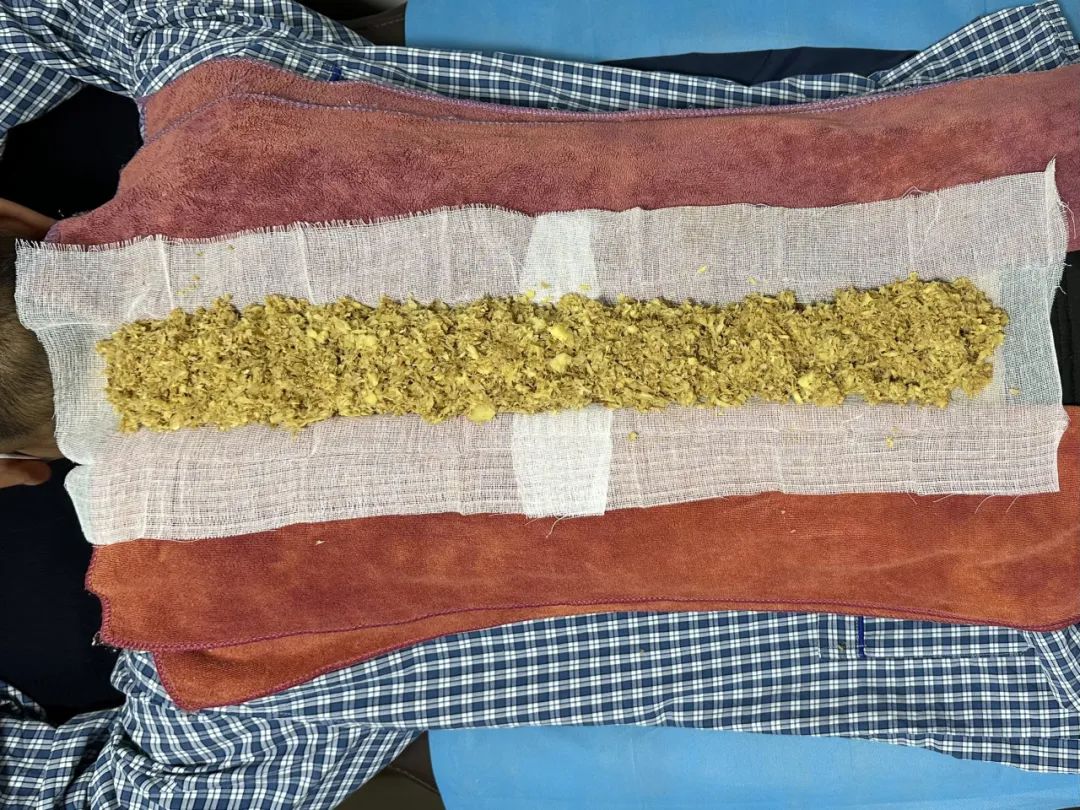
6. Acupuncture
Acupuncture includes ordinary acupuncture and electroacupuncture. Ordinary acupuncture involves inserting fine needles into specific acupoints to stimulate nerves and elicit local responses for therapeutic purposes. Electroacupuncture combines fine needles with electrical stimulation, using weak direct current to regulate the body’s natural electrical signals, achieving the goals of unblocking meridians, harmonizing Yin and Yang, strengthening the body, expelling pathogens, relieving spasms, alleviating pain, and improving muscle tone.
Indications: Suitable for various conditions such as headaches, trigeminal neuralgia, sciatica, toothache, shoulder periarthritis, rheumatoid arthritis, lumbar muscle strain, tinnitus, enuresis, urinary retention, muscle weakness, and muscle atrophy.
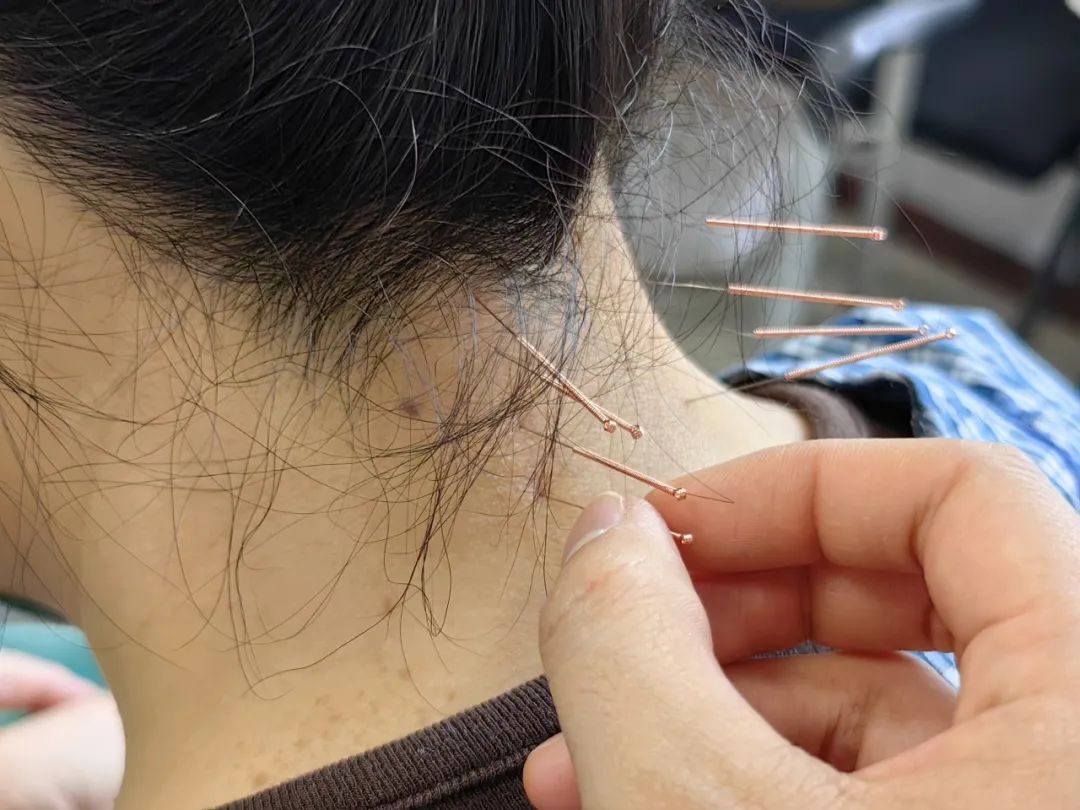
7. Auricular Acupoint Pressure
Auricular acupoint pressure is a health care method developed from auricular acupuncture therapy, applying TCM theories and modern medical principles. It involves accurately placing medicinal seeds (such as Vaccaria seeds and radish seeds) on auricular acupoints with adhesive tape, applying moderate pressure, and stimulating sensations such as soreness, numbness, swelling, and pain to calm pain, unblock meridians, enhance immunity, and achieve therapeutic effects.
Indications: Headaches, dizziness, hypertension; insomnia, anxiety, depression, and other mental and neurological disorders; cervical spondylosis, lumbar muscle strain, and other painful conditions; allergic rhinitis, asthma, urticaria, and other allergic diseases; pharyngitis, periodontitis, and other inflammatory diseases.

8. Singing Bowl Therapy
This therapy involves striking or rubbing a singing bowl to produce sounds of different frequencies, corresponding to the five elemental tones of角 (Jiao), 徵 (Zhi), 宫 (Gong), 商 (Shang), and 羽 (Yu). Patients meditate with the singing bowl sounds for half an hour daily to unblock chakras, relieve pain, relax, release stress, and improve sleep quality, thereby alleviating symptoms.
Indications: Insomnia, anxiety, depression, fear, tension, irritability, pain, palpitations, fatigue, hypertension, and decreased appetite.
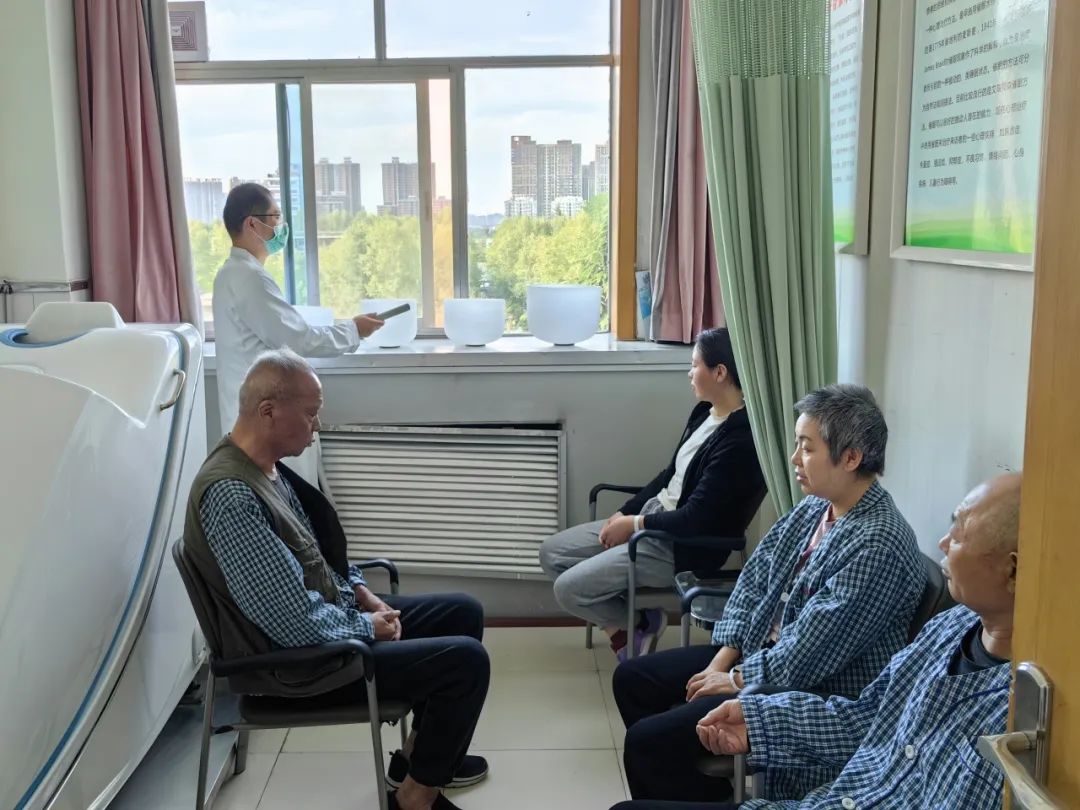
Director of the TCM Department of Tangdu Hospital
Associate Chief Physician, Associate Professor
Zheng Jin
Specializes in: Integrative TCM and Western medicine treatment plans for tumors; TCM and Western medicine differential treatment for lung cancer, lung nodules, esophageal cancer, gastric cancer, liver and gallbladder tumors, colorectal cancer, benign and malignant breast tumors, and other gynecological tumors.
Consultation Time: Monday afternoon
Location: Outpatient Department, 5th Floor, Area B, Room 510
Issue Number: 308
Authors: Zhang Yijie, Han Lijun
Editor: Zhang Xiaolei, Kong Qian
Chief Editor: Mao Jianbo
Reviewed by: Yin Jing

